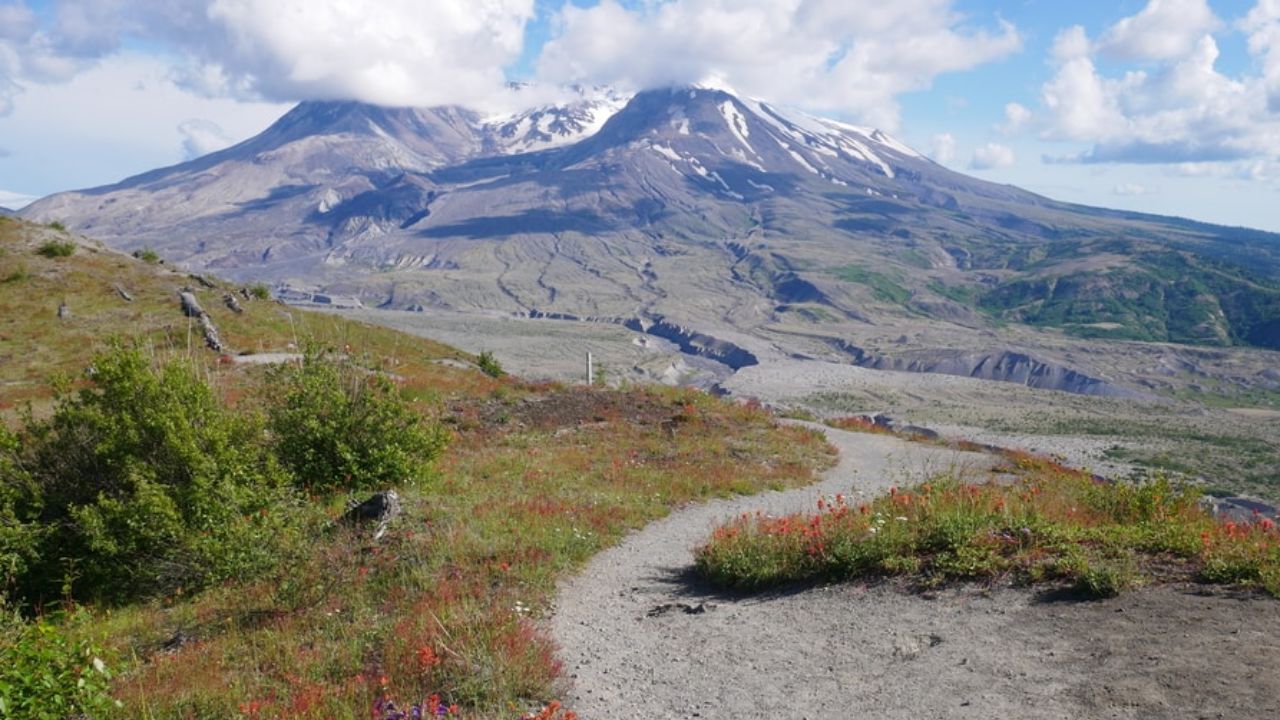Olympia, WA – One of Washington’s most iconic natural wonders, Mount St. Helens, has been named among the most dangerous tourist attractions in the United States for 2025, according to new safety analyses highlighting risks at popular destinations.
Why Mount St. Helens Is Considered So Hazardous
Ongoing Volcanic Threats
Mount St. Helens is not dormant—it remains one of the most closely monitored active volcanoes in the country. The catastrophic 1980 eruption killed 57 people and caused massive destruction. Today, seismic tremors and steam plumes still occur, serving as reminders of the mountain’s volatility.
“The mountain is stunning, but it doesn’t forgive mistakes,” said a local search and rescue volunteer. “Even skilled hikers can miscalculate the weather or terrain.”
Unstable and Remote Terrain
The surrounding landscape features ash fields, lava domes, and loose rock, creating treacherous conditions for hikers. Rapid changes in weather, including sudden fog and storms, reduce visibility and increase the risk of falls or becoming lost.
Popular hikes, like the crater rim trail, include steep, narrow paths where a single misstep can lead to serious injury—or worse.
Delayed Emergency Response
Despite its popularity, Mount St. Helens is located in a remote wilderness area with limited cell service. In case of emergency, rescue efforts can be significantly delayed, particularly in bad weather.
Real Incidents Underscore the Dangers
- 1980 eruption: Remains the most deadly volcanic disaster in U.S. history.
- Multiple annual rescues: Due to injury, dehydration, and disorientation on exposed trails.
- In 2021, a solo hiker fell fatally during an attempt to summit, highlighting the risks of unaccompanied travel.
Tips for Visiting Mount St. Helens Safely
- Check current volcanic activity via the USGS Mount St. Helens monitoring site.
- Stay on marked trails and never venture off-path, especially near the crater.
- Avoid solo hikes; travel in groups and inform someone of your route.
- Bring layers and extra water—weather can shift suddenly at elevation.
- Start early in the day to avoid late afternoon storms and darkness.
Read Also: Creepy Delaware: 10 Haunted Places Every Macabre Explorer Must Visit
The Mountain’s Dangerous Appeal
Despite its dangers, the volcano continues to draw thousands each year. For many, it’s the chance to witness Earth’s power and resilience, from its devastated blast zone to newly flourishing life.
Visitors are encouraged to explore from Johnston Ridge Observatory, hike Harry’s Ridge, or paddle nearby Spirit Lake, all with proper planning.
Have you ever hiked Mount St. Helens or witnessed its dramatic scenery? Tell us your experience in the comments below! For more travel safety insights and outdoor adventure tips, visit newyorkdailygazette.com. Stay safe and plan smart!








